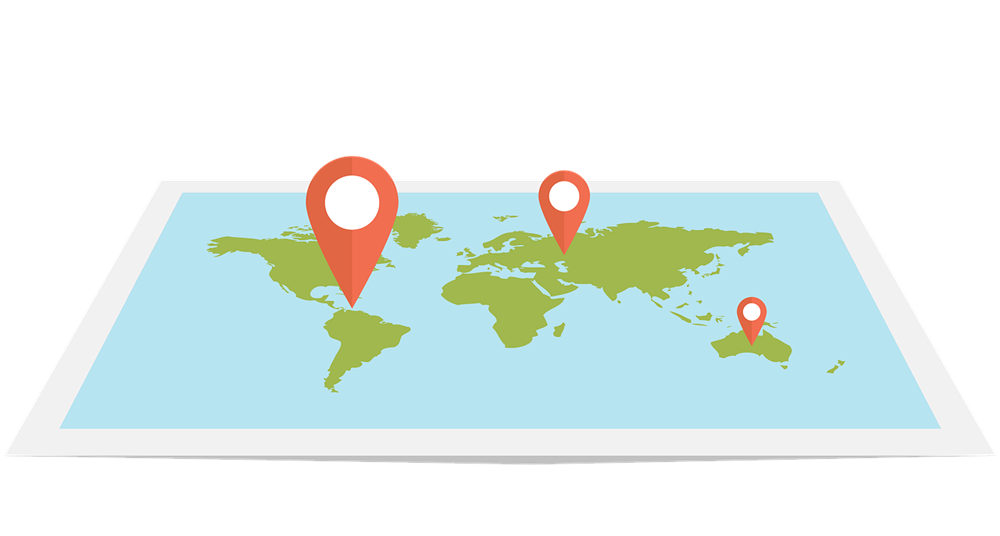
Applications enabled by real-time location services (RTLS) took a huge leap forward in 2018, with implementations ranging from manufacturers going paperless on the assembly line to companies creating smart buildings to increase employee satisfaction and retention. The endeavour to derive value from the location of people and things has become limitless.
Looking ahead, 2019 will be a coming-out party for RTLS services and solutions as service providers, enterprises, device manufacturers and platform providers begin to get on the same page with regards to the requirements for scaling the industry.
There are three key trends emerging that will help this market grow significantly in the coming year:
- Large-scale RTLS deployments. Despite some high-profile rollouts, RTLS deployments to date have been somewhat contained, as organizations test systems on a smaller scale—in a single branch office location or one building in a campus environment, for example—to determine how they might make a business case for a broader deployment. Expect that to change significantly in 2019, as organizations move beyond smaller trials to scale RTLS across their businesses. This scaling won’t be limited to a particular industry; we’ll see a spike in deployments across a wide range of vertical markets, including industrial IoT, transportation, healthcare, smart buildings, and others.
This growth will be enabled in part by three industry developments that were previously holding back implementations:
- The increasing availability of low-cost tags and sensors from a wide variety of companies
- Increased tag device capabilities in terms of sensing and connectivity, while retaining long battery life
- An open ecosystem allowing organizations to build more flexible business models (no hardware lock-ins).
Large scale deployments will utilize multiple tag devices for different tracking and monitoring purposes, as well as with different physical and sensing characteristics. In short, companies will use one type of tag for one (and over time, more than one) use case, and we will see multiple use cases running on the same infrastructure deployment.
- Mobile operators’ role in RTLS will grow. To date, RTLS deployments have largely been an enterprise play. But those one-off deployments have undercut a key group that has much to gain from RTLS growth: Mobile operators. This is an audience that is becoming increasingly IoT savvy while witnessing new business cases and opportunities emerge almost daily from the IoT. Historically, they have long toiled be more relevant in the enterprise, trying to monetize business solutions to their customers to solve business problems. Offering RTLS-based services and solutions is a popular, lucrative place where they can provide value. Commercially, mobile operators are in a good position because they can be a one-stop-shop for certain end customers. However, they need to expand their expertise capabilities and not focus solely on connectivity.
Four key requirements need to fall into place to enable their growth:
- Solutions need to be open: No software lock-ins, open SDK, open hardware design for tag development.
- Tracking of both physical tags and smartphones need to be supported by the same system.
- Scalable, robust and reliable solutions are needed, especially in demanding environments such as manufacturing plants, logistics hubs, and in large spaces like malls, airports and hospitals.
- Solutions with low Total Cost of Ownership (scalable deployment, low operational cost, tags with over the air (OTA) updates and long battery life, low barriers for integration onto multiple existing IoT platforms) are required.
Mobile operators have a lot to offer this market, but the factors above will determine how quickly they are able to move. Mobile operators could ease the infrastructure cost and requirements of deployment, helping to accelerate adoption by providing easy connectivity solutions for running RTLS systems (e.g., using private LTE for enterprise customers)
- RTLS: The competitive landscape opens up. There are four chief technologies that have seen the most traction in RTLS today:
- Ultrawideband (UWB)
- Bluetooth Low Energy (BLE) plus Angle of Arrival
- BLE proximity, using received signal strength (RSSI)
- WIFI with RSSI
In 2019, we’ll see more customers demand solutions that incorporate two or more of these technologies to deliver the best possible real-time location results. Established RTLS companies are moving from a closed total solution offering to focus on the applications layer using best-in-breed components (location engines, tags, sensors, etc.) The market is already seeing UWB and BLE players team up; in 2019, those partnerships will continue to flourish and enlarge an already burgeoning ecosystem.
The success of the global location services market requires openness and interoperability (no-hardware or software lock-in, including the support of smartphones, and unleashing an ecosystem of tags, sensors, and software applications) that ensure a wide adoption by both consumers and enterprises. In 2019, each of these trends will come of age, delivering real results and real deployments at scale.
About the author: Fabio Belloni is chief customer officer and cofounder of Quuppa, focusing on accelerating the success of its partner companies. He is a frequent contributor and the author or co-author of numerous academic papers, and has several granted patents and pending patent applications.





